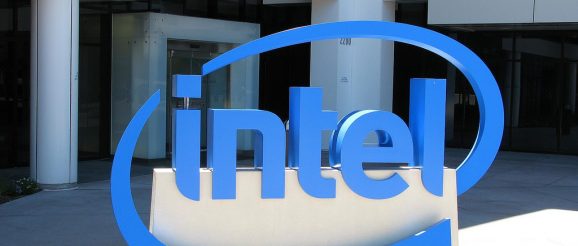Intel Reclaims Former Engineer from Apple to Drive Chip Innovation – WinBuzzer

Intel has announced that Jeff Wilcox is returning to the company to spearhead “groundbreaking” chip development. Wilcox is one of the leaders in the SoC industry with a quarter of a century of experience. As well has being a former Intel employee, Wilcox has also been a long-time director at Apple.
He is now already working as an Intel Fellow within the Design Engineering Group. This is a division that oversees client SoC architecture.
“I’m pleased to share that I have started a new position as Intel Fellow, Design Engineering Group CTO, Client SoC Architecture at Intel Corporation,” says Wilcox about his return to Intel. “I could not be more thrilled to be back working with the amazing teams there to help create groundbreaking SOCs. Great things are ahead!”
Wilcox is a pioneer in the world of chip development and has over 25 years’ experience working with some of the largest SoC developers. He worked with both NVIDIA and Magnum, serving as principal architect at the former and principal engineer at the latter.
He later had a long stint with Intel, where he was a principal engineer between October 2010 and November 2013. However, it is with Apple that he has had the most impact on the processor industry.
While with the Cupertino giant, Jeff Wilcox spent eight years developing the company’s own chipsets. He was a major part of the development of the Apple M1, the ARM-based proprietary SoC that has made a huge splash in the computing market. Machines running the M1 have received huge praise for the power efficiency and speedy performance.
“It has been an incredible ride and I could not be prouder of all we accomplished during my time there, culminating in the Apple SIlicon transition with the M1, M1 Pro and M1 Max SOCs and systems,” Wilcox said when departing Apple.
Tip of the day: Did you know that your data and privacy might be at risk if you run Windows without encryption? A bootable USB with a live-linux distribution is often just enough to gain access to all of your files.
If you want to change that, check out our detailed BitLocker guide where we show you how to turn on encryption for your system disk or any other drive you might be using in your computer.
